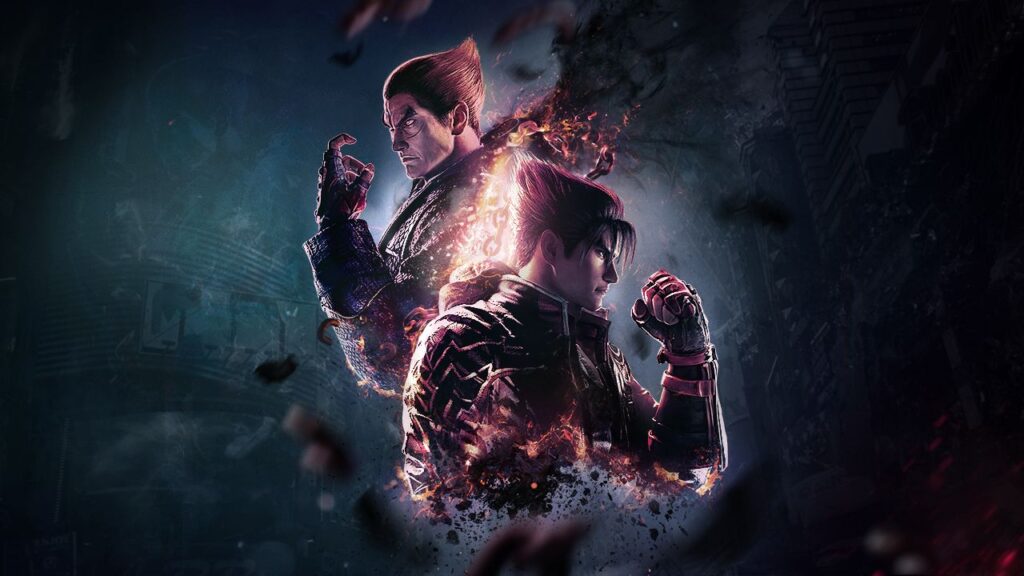Trying to find the best resources for getting into fighting games? Stick around and I’ll walk you through all you need to know about participating in the fighting game community, from picking your ideal subgenre of fighting game to learning how to find the best resources for learning specific games and characters. Let’s get into it!
Table of Contents
The Basics of Fighting Games
First, let’s take a moment to discuss the basics of fighting games themselves.
All fighting games you play will function and be discussed around this thing called “Frame Data” that assumes in-game framerate is always 60 FPS, even when that isn’t necessarily the case with online play or certain next-gen titles.
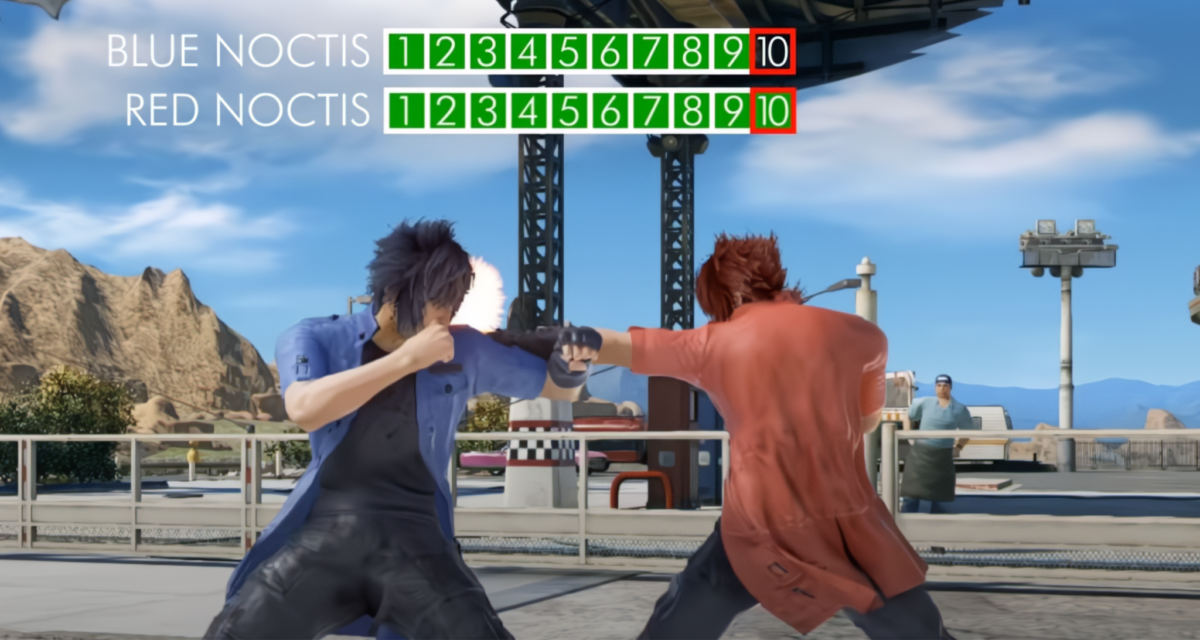
Regardless, getting a basic understanding of Frame Data and the related entry-level terminology like Footsies, Block Punishment and so on can help give you a solid footing in any fighting games you might play, not just the first one to strike your fancy. Consider checking out my full article on Frame Data (linked above) if you want a starter’s course on this!
The Basics of the Fighting Game Community
Now, let’s talk about the basics of the Fighting Game Community (FGC). The FGC isn’t quite as large-scale as certain eSports are, but what they lack in huge sponsored events they make up for in sheer passion and widespread scale. The majority of the FGC is actually composed of smaller, local communities built around smaller regions and select games favored by local Tournament Operators and Players. This means that despite how big these games can get at the high-level, most of the FGC is a grassroots affair, and this should be kept in mind however you choose to engage with it.
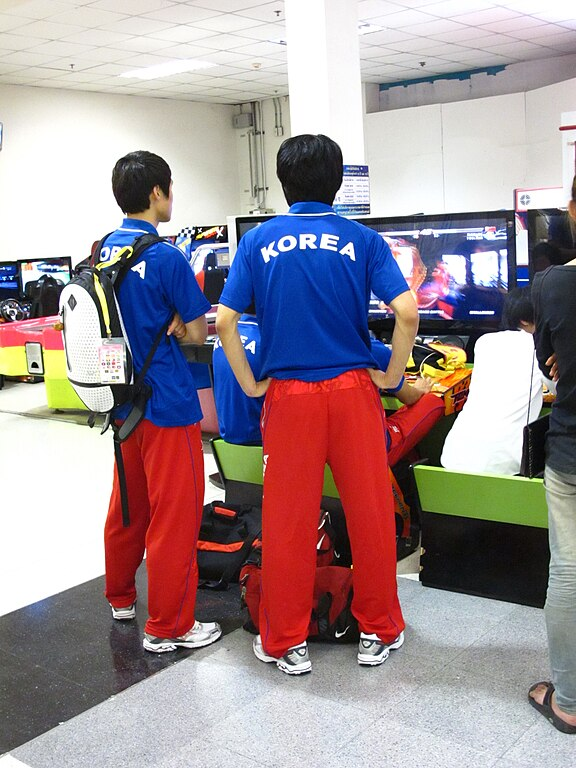
The main thing that sets the FGC apart from other competitive gaming communities is the Open Bracket format. Basically, by running Double Elimination brackets that are generally available to the public to enter as long as they cough up a small entry fee, the FGC allows for theoretically anybody to rise to the top and dominate an event. However, getting those results with any degree of regularity requires stupendous consistency, and generally most of an event’s top players will be frequent attendees who trained hard to get into that position.
In any case, the competitive spirit is alive and well in the FGC. With no teammates around to blame, these 1v1 fighting games serve as fairly pure tests of one-to-one skill and mettle, though your average High Tier Hater probably has something to say about that. (And maybe they’re even right! I’m not a big fan of ****mitsu either!)
Picking Your Fighting Game (Genre) and Tips
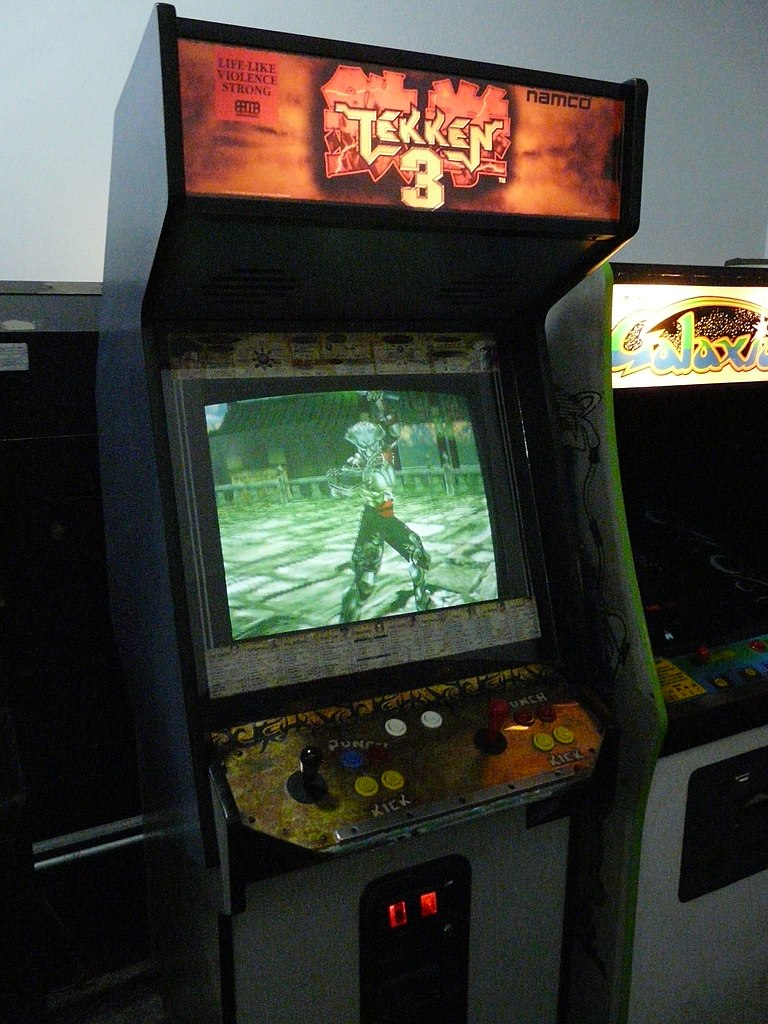
2D Fighters (Street Fighter, Mortal Kombat, etc)
Traditional 2D fighters like Street Fighter and Mortal Kombat tend to focus on a projectile-heavy game when outside of Footsies range and have high-risk jumping mechanics where air-dashing and air-blocking are usually not possible. Meter mechanics (including Super moves) are also fairly common in this subgenre, favoring a fluid game state based on who has health or Meter advantage.
2D fighters can make very different decisions from one to another, though, particularly older 2D fighters. The combo structure of these games can be quite unforgiving if you aren’t paying close attention, for example. Also, attack animations in general tend to be a lot faster in a 2D fighter compared to 3D fighters.
3D Fighters (Tekken, Dead or Alive, Virtua Fighter, etc)
3D fighters like Dead or Alive and Virtua Fighter are known for having strong 3D movement and lots of rapid-fire hand-to-hand action. Tekken and Soul Calibur are also mostly known for the same, but lately the 3D fighter subgenre has started to take in more and more from other fighters, most namely meter mechanics and even comeback mechanics when at low health.
These days, Tekken is the most popular series of 3D fighters. Tekken has kept 3D arenas and stage transitions, but has no such ring-out system like Virtua Fighter and Soul Calibur do. Additionally, Tekken stage transitions generally aren’t as over-the-top as the likes of Dead or Alive, though the intensity of the effects in certain Tekken stages can stick out.
Compared to 2D fighters, 3D fighters in general seem to have slower, more realistic move animations when compared to 2D. However, the added complexity of playing in 3D kind of balances out the slower animations, which can still make reacting to mix ups in 3D pretty challenging on your reflexes.
Anime Fighters (Guilty Gear: Strive, Melty Blood, etc)
Anime fighters are a subgenre of 2D fighters that focus on…well, an anime artstyle! And not just an anime artstyle: anime fighters often layer multiple meter mechanics on top of each other, rather than just one additional meter as is common in traditional 2D fighters. Anime fighters are also known for having “Magic Series” based combos (Light-Medium-Heavy is usually an easy, guaranteed combo), air dashing mechanics, and even air blocking mechanics!
While still 2D, anime fighters generally allow for a much greater variety of movement and mix-up potential than is typically afforded to 2D fighters. The increased danger of aerial mix-ups and much faster attack animations suit the frantic pace of most Anime Fighters, as do their extensive combo strings and loops, especially in older genre titles.
Tag Fighters (Marvel vs Capcom, Skullgirls, Power Rangers, Dragon Ball FighterZ, etc)
Tag fighters like Marvel vs Capcom primarily employ gameplay tropes from both traditional 2D fighters and more freeform Anime Fighters, including accessible, Magic Series combo structure from the latter. Besides their inspirations from other 2D fighters, Tag Fighters are also known for their 2v2 or 3v3 team structure, though of course each individual fighter on a “team” is still being controlled by a single player.
In Tag fighters, there’s a special focus on building an optimal “team” that will best meet your needs in most scenarios. Combined with the other Fighting Game staples of meter management, combo execution, and more, Tag Fighters can easily be one of the most demanding-but-engaging challenges you can take up in Fighting Games. They can also just be dumb fun that you play with your friends!
Best Resources For Getting Into Fighting Games
YouTube FGC Resources
YouTube is probably one of the best places to be if you’re trying to find FGC content, since there will nearly always be FGC content creators active for your favorite games and characters. In general, I trust that you will be able to find those creators on your own. However, I’m going to link you to a few major YouTube channels that I think should serve as decent starting points and hubs of helpful information.
- Core-A Gaming — Core-A Gaming is one of the most popular FGC YouTube channels out there, known for covering and breaking down a wide variety of Fighting Game topics for newcomers and veterans alike. If you enjoy well-edited, informative content about Fighting Games and the surrounding History and Communities, Core-A Gaming is a great place to start!
- DashFight — Another great YouTube FGC resource is DashFight. DashFight is a channel run by the website of the same name which frequently employs FGC pros to make tailored Character Guides just for the DashFight channel.
Community Fighting Game Wikis
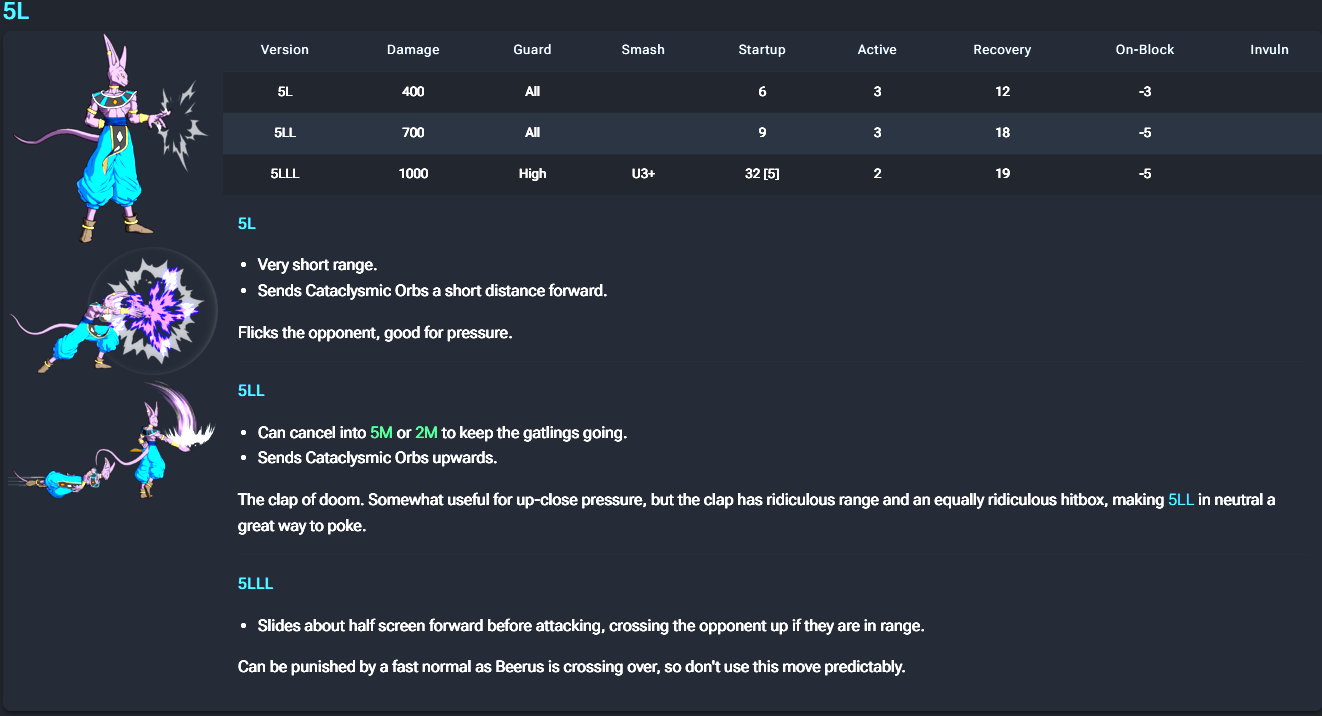
One resource you will likely find yourself leaning on if you wander deeper into the FGC are Community-run Fighting Game Wikis. A lot of the most important Frame Data and information about game mechanics aren’t communicated to you properly (if at all) in most fighting games, especially older fighting games. This is why a multitude of community-run Wikis exist to fill in those gaps, and you’ll need to search for them in accordance with the games you’re trying to play.
Below, I’ve listed two example Community Fighting Game Wikis in order to give you an idea of what to look for:
- Dustloop — The platonic ideal of the community-run fighting game Wiki. Dustloop covers all of Arc System Works’ fighting games exhaustively, from the Guilty Gear series to their foray into Tag Fighters with Dragon Ball FighterZ. With per-character pages including al the move information and key frames you need to identify them, Dustloop is easily one of the best FGC resources ever made.
- Wavu.wiki — Somewhat similar to Dustloop, Wavu.wiki exists to serve as a similar resource to Tekken 7 players specifically.
Fighting Game Discords
Another good resource for FIghting Games will be their respective Fighting Game Discords. These will range from officially-tied Discord servers, to local FGC servers, to independent online FGC matchmaking servers.
Unfortunately, I can’t really link you to any of those Discord servers in this article, since I can’t guarantee any links I give will work in the long-term. Plus, there are just so many fighting game Discords that it doesn’t make sense to try and list them! The main thing is to know they exist.
In particular, I would be vigilant for Discord servers that focus on your specific character in a particular game. This is usually where you’ll be able to find the best resources for mastering your character. For example, this is how I ended up learning my own combo structure when picking up Yoshimitsu in Tekken 7.
Fightcade Community
Fightcade is a matchmaking emulation front-end for playing a wide variety of classic fighting games online. It’s one of the most popular pieces of software in the Fighting Game Community, and is by far the best choice for playing Arcade games online since it has Rollback Netcode built right in. You will, of course, be responsible for legally acquiring your own game files for use with Fightcade.
What To Know Before Playing Fighting Games In Person
So, what is there to know before you start playing fighting games in person?
I’d try to keep the following tips in mind:
- Be polite! Popping off might be warranted if you manage to make it to Finals or something like that, but in general you should be polite and kind to your fellow competitors whenever possible, in the spirit of good sportsmanship.
- Have some cash! Depending on your TO and where you live, your tournament entry fee could range anywhere from $10 to $25. Depending on the deal with the venue, you may or may not be able to bring outside food with you. You’ll likely be encouraged to buy food and drink on-site as well, to sweeten the deal for your local scene’s venue.
- Ask for advice! Most fighting game players are there in pursuit of fun and self improvement, just like you. If you can, try to ask for advice after losing a game in order to find out how to avoid making the same mistakes. Plenty of good players are willing to help you improve if you ask, and in general a scene is healthier the more strong players it is able to nurture.
- Don’t forget to have fun! Fighting games can be very challenging and intense, but it’s also important to remember that they’re games above all, at the end of the day. Not one human being is immune to frustration or “tilt”, of course…but still. Try to focus on having a good time and learning new things every time you attend a bracket, not just zeroing in on victory and nothing else. Attaining mastery means the journey is the destination.

